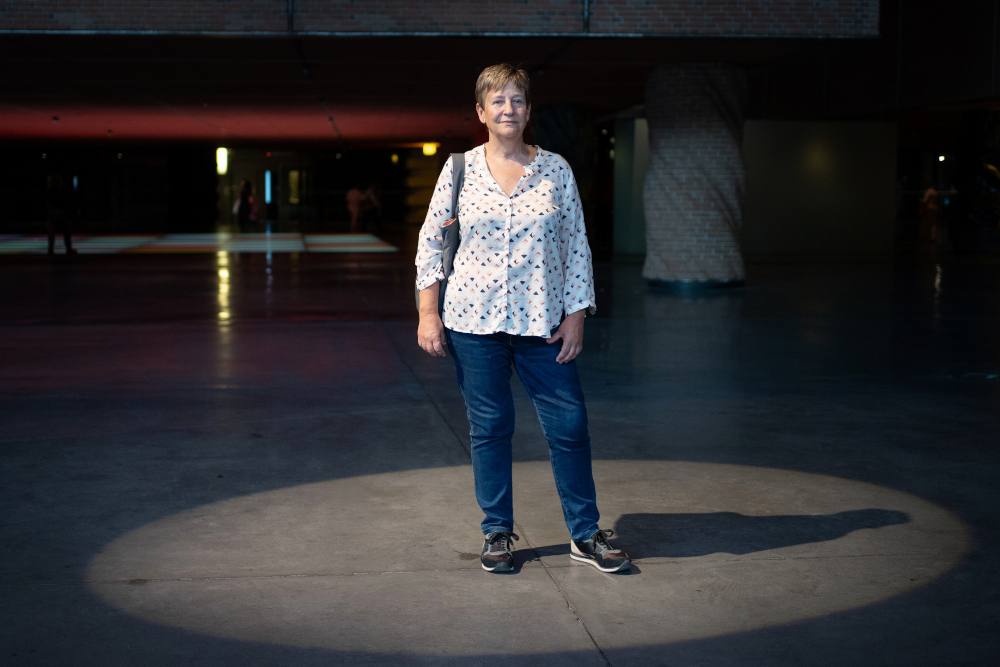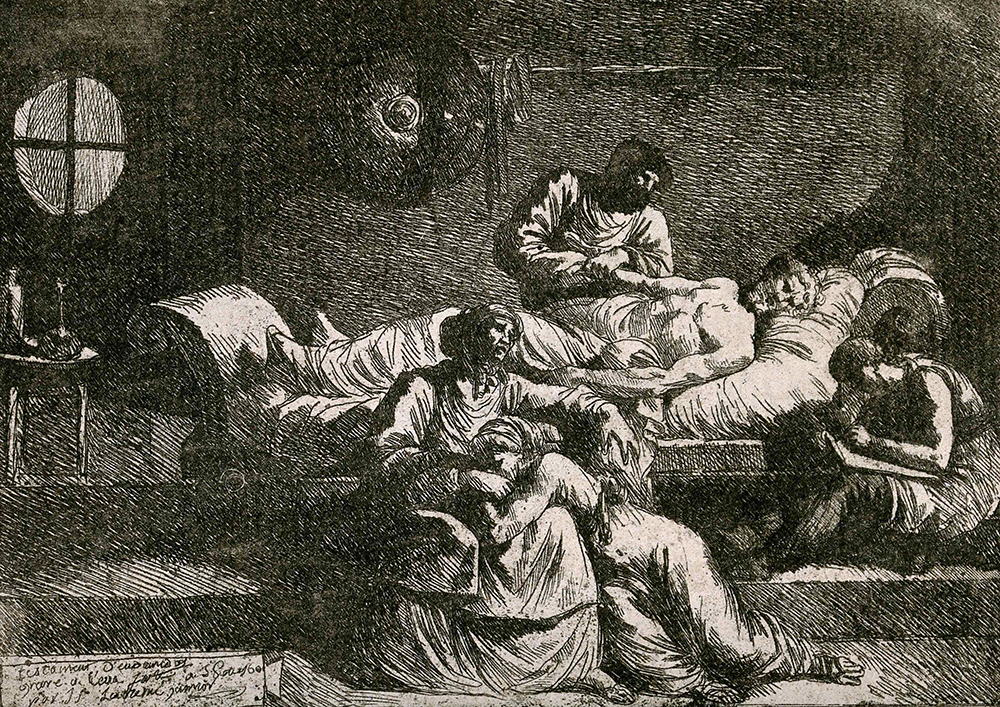Congress has legalized the right to euthanasia: these are some of the keys to the norm
- The Madrid Congress of Deputies voted at the plenary session held on Thursday, 17 December, and gave the green light to the law governing the right to voluntarily kill citizens in some cases and under strict medical and legal controls. The text was adopted by a large majority, with 198 votes in favour, 138 against and two abstentions. The entry into force of the law is contingent upon its adoption by the Senate. If no major corrections are made in this institution, the keys to the new law will be as described below.

The new law defines active euthanasia as the act by which a health professional deliberately puts an end to a patient's life at the patient's request. This action may be taken when the patient suffers from a serious and incurable illness which causes severe, chronic and disabling suffering or which causes unacceptable suffering. In such cases, an authorised health care professional may directly provide a lethal substance, either directly by its direct application or by the patient's autonomous administration.
It may also be applied to an unconscious patient who has previously signed the living will that guarantees his/her demand, advance directives or legally recognized equivalent document. The law always refers to patients who have reached the age of majority, minors do not enter.
The process of exercising the right to euthanasia has a number of very concrete guarantees on its way. The person interested in euthanasia should request euthanasia twice in writing, leaving 15 of them involved. After the first demand, the doctor will maintain a process of dialogue with the patient to ensure that the patient knows the details of his diagnosis and therapeutic options, as well as the palliative care available to him. Once the patient has signed a second time, the doctor will again interview him or her to make sure he or she knows what he or she is asking for. Therefore, throughout the process, starting with the initial document, the patient will have to ratify his will four times. And also for the fifth time, after the approval of the Evaluating Committee that it should study its case.
.jpeg)
The process of access to voluntary death has specific responsibilities. First, the doctor who is to use euthanasia should accept the patient. This doctor must ask another doctor who is well aware of the patient’s pathologies and who does not belong to the same medical team as the first. On the other hand there is the evaluation committee, which will appoint two experts to assess the subject, one of them jurist. If both experts agree, the process continues and if not, the decision remains in the Commission’s plenary session. If the request for euthanasia is rejected in this sense, the patient may appeal to the Evaluating Commission, with the possibility of going to the courts in case of disagreement.
Complete processes may take 40 days between the patient requesting voluntary death and the doctor giving him/her the medicine to obtain it, provided that the time limits set at each step are strictly adhered to.
Each Autonomous Community of the Spanish State shall have an Evaluation Committee for Euthanasia, composed of seven members on a multidisciplinary basis. All State Commissions shall meet annually with the Ministry of Health to coordinate and bring together criteria between the two parties.
Euthanasia can be applied both in public or private healthcare facilities and in the patient's home. And it will be applied by the doctor responsible for the process.
The law grants doctors the right to say no: this conscientious objection must be written beforehand.
These were my last words when we left, held hand in your deep breathing sleep. Your heart stayed forever without a special, simple, dignified pain. As you want and demand. How we want and respect.
Already a month before the arrival of winter, the last days of the longest night,... [+]
The international day of dignified death was celebrated on 2 November. In this regard, by means of this letter I would like to state how I see the situation in the Basque Country in this matter.
We are aware that the subject of death is not to your liking to many friends,... [+]
Eusko Jaurlaritzak jakinarazi du 34 eskaera jaso dituztela Eutanasiaren Legea ekainean indarrean sartu zenetik; hamahiru laguni hiltzeko laguntza medikoa eman diete, eutanasia egin aurretik hil dira zortzi, beste eskakizun bati uko egin diote eta gainerako hamabiak... [+]
At the time of writing these lines, sixty people have died at the headquarters of the Fiella-Sant Hospital Foundation of Tremp in Lleida as a result of an outbreak of COVID-19. This means that in less than a month 40 per cent of the 143 residents have died, 1 per cent of the... [+]








.jpg)












